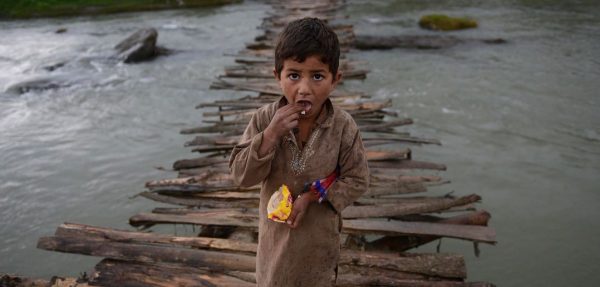
The video shows an elderly woman in a hospital bed in the Iranian city of Mashhad. She says that three years ago she lost all her money when the Padideh Shandiz holding company collapsed amid official accusations of embezzlement.
“Why has no one given my money back?” the woman says in the video, recently posted to the Telegram messaging app, which is widely popular in Iran. “I can’t move. I have expenses. I have to pay for health care. Why isn’t there someone from Padideh to give me back my money?”
The unnamed woman is one of countless Iranians who say their savings have been wiped out by the collapse of fraudulent businesses and unlicensed credit institutions in recent years. Economists are now pointing to the abrupt closure of these poorly regulated institutions as laying the foundation for the unrest that struck Iran starting in late December.
“Banks are shutting down without any kind of notice, and it’s creating a huge political and economic backlash at a local level,” said Suzanne Maloney, senior fellow on Middle East policy at the Brookings Institution.
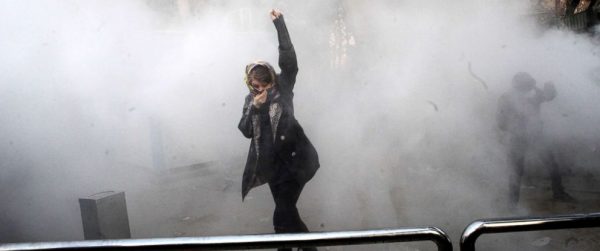
Anger over these losses came on top of years of pent-up frustration over a sluggish economy. When the government announced recent price increases and released an austere budget bill, it ignited at-times violent protests that spread rapidly to dozens of cities nationwide. Demonstrators quickly turned their fury on corrupt officials and the Islamic republic as a whole.
At least 20 people have been killed and hundreds more have been arrested over the past 10 days, according to human rights groups.
“Most protests in Iran are over economic issues,” Maloney said. “What’s different is that it seems to have tapped into a deep sense of alienation and frustration, that people aren’t just demonstrating for better working conditions or pay, but insisting on wholesale rejection of the system itself.”
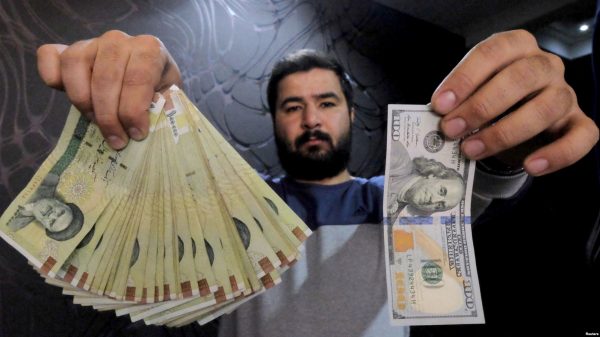
Iranian state media said on Saturday that the parliament would soon convene a special session to investigate the causes of anti-
government protests and that top security officials would be involved, the Associated Press reported. Pro-government rallies were held in several cities Saturday in response to what state television called “rioters and supporters of the riots.”
A study published by BBC Persian last month reported that the average budget of Iranian households declined by 15 percent from 2007 — when the U.N. Security Council adopted some of its toughest sanctions on Iran — to 2016.
Iranian President Hassan Rouhani, a relative moderate who was reelected to a second term in May, has carried out a program of fiscal austerity. It has brought down inflation but hurt job growth, according to Djavad Salehi-Isfahani, an economics professor at Virginia Tech. Rouhani has also imposed what Salehi-Isfahani called “regressive policies,” such as raising energy prices while shrinking cash transfers that the poor use to pay for essential items. Other new policies have favored businesses and the middle class, whose members predominantly reside in the capital, Tehran, he said.
Iran has seen a “divergence in living standards (measured by per capita expenditures) between Tehran on one side and the rest of the country on the other,” Salehi-Isfahani wrote on his blog about Iran and economics.
When the president last month released his budget proposal for the Iranian fiscal year starting March 21, it sparked fiery debate. The budget envisioned steep cuts for cash subsidies to the poor, while increasing fees for things like vehicle registration and traveling abroad.
“The fact of the matter is that Rouhani’s budget is better designed to liberalize the economy in the long term than it is to create jobs in the short term,” said Esfandyar Batmanghelidj, founder of Bourse & Bazaar, a website featuring economic analysis on Iran. “But the private sector remains too weak to carry the economy,” he said, adding that Iranians were “frustrated not to see a change in tactics that could help tackle unemployment more urgently.”
According to the Statistical Center of Iran, a government body, unemployment is at 11.7 percent, though economists believe it is probably much higher.
Rouhani’s budget was also notable because it was the first time the government made public the funds allocated to Iran’s wealthy religious foundations — as well as its powerful military and paramilitary forces. Rouhani said it was a step forward for transparency, a move analysts said probably upset his conservative rivals.
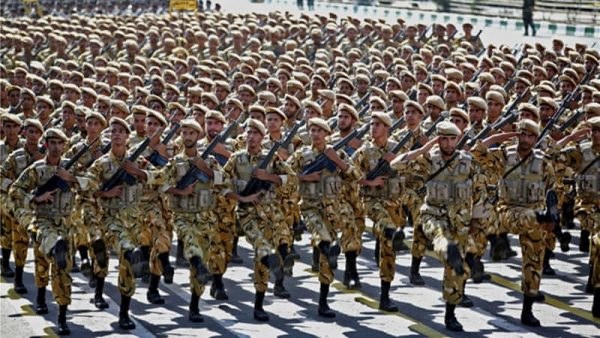
The disclosure of an $8 billion budget for the Revolutionary Guard Corps, Iran’s most influential security body, prompted sharp criticism from protesters who objected to government spending on Iranian involvement in regional wars, including in Iraq and Syria.
“Why are you listening to the voice of the voiceless from Syria, Lebanon . . . and not listening to us within our borders?” an Iranian man asked of Iran’s leaders in an impassioned audio message also posted to Telegram, which boasts 40 million users there. The app was blocked in Iran amid the unrest, and officials have since blamed it for the protests. “Why do you want to wipe out our savings accounts and promise us worthless stocks in return?” he asked.
Religious foundations, many of which are tax exempt, also got a boost in the new budget, including, for example, a 20 percent increase for representatives of the supreme leader, Ayatollah Ali Khamenei, posted at Iran’s universities.
The religious organizations, which are under the direct supervision of Khamenei’s office, are also linked to some of the insolvent credit institutions that have depleted Iranians’ savings.
“Many Iranians, looking for any way to get ahead in a stagnant economy, pour their savings into these organizations,” Batmanghelidj said. “One by one the institutions began to falter, and people saw their savings wiped out.”
With a population of 80 million, Iran boasts a vast, educated and tech-savvy consumer market. It also commands some of the largest oil and gas reserves in the world.
The International Monetary Fund forecasts that Iran’s economy is expected to grow about 4.2 percent in the 2018 fiscal year. But much of that growth comes from higher crude oil exports, and the benefits haven’t reached poor or smaller cities, where most of the recent demonstrations took place.
Since 2016, when most international sanctions were lifted as part of Iran’s nuclear deal with world powers, European and other multinational companies have invested billions of dollars in sectors including energy, mining, auto manufacturing and hospitality in Iran. In July, the French oil giant Total signed a deal to invest $4.9 billion to develop Iran’s South Pars natural gas field.
“Iran is a big market, and you have access to adjacent markets from there,” a senior executive at a multinational oil company said in a recent interview, before the unrest. He spoke on the condition of anonymity at the time to discuss Europe’s business ties with Iran.
“Trade and investment are happening,” the executive said, “although maybe not in the amount Iran would like to see.”
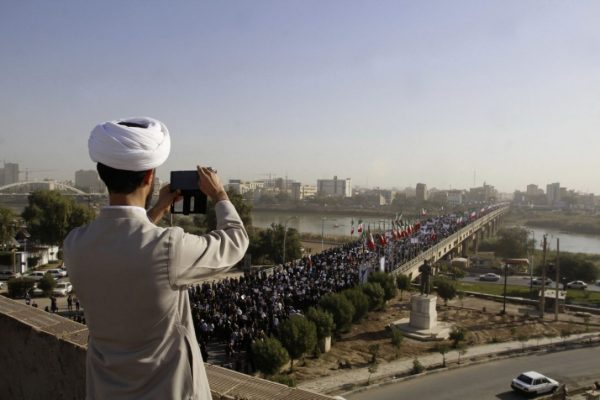
Foreign investment has fallen short of anticipated levels because of residual sanctions that remain in effect and continuing concern among companies about the risks posed by investing in Iran. The Trump administration has also called into question the fate of the nuclear agreement.
Rouhani sold the nuclear deal to Iranians as crucial for reviving the ailing economy. Iranians have been disappointed that growth has not been faster, including 74 percent who said in July that there had been no economic improvement as a result of the deal, according to a poll conducted for the Center for International and Security Studies at Maryland.
WASHINGTON POST
Leave a Reply
You must be logged in to post a comment.